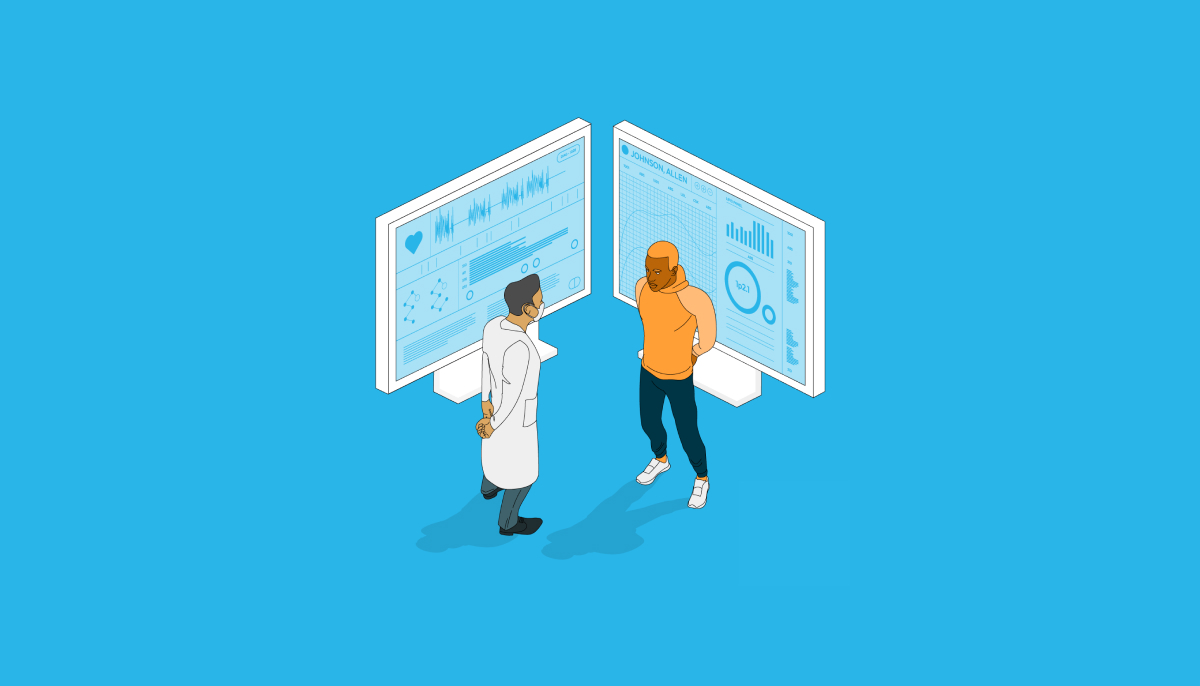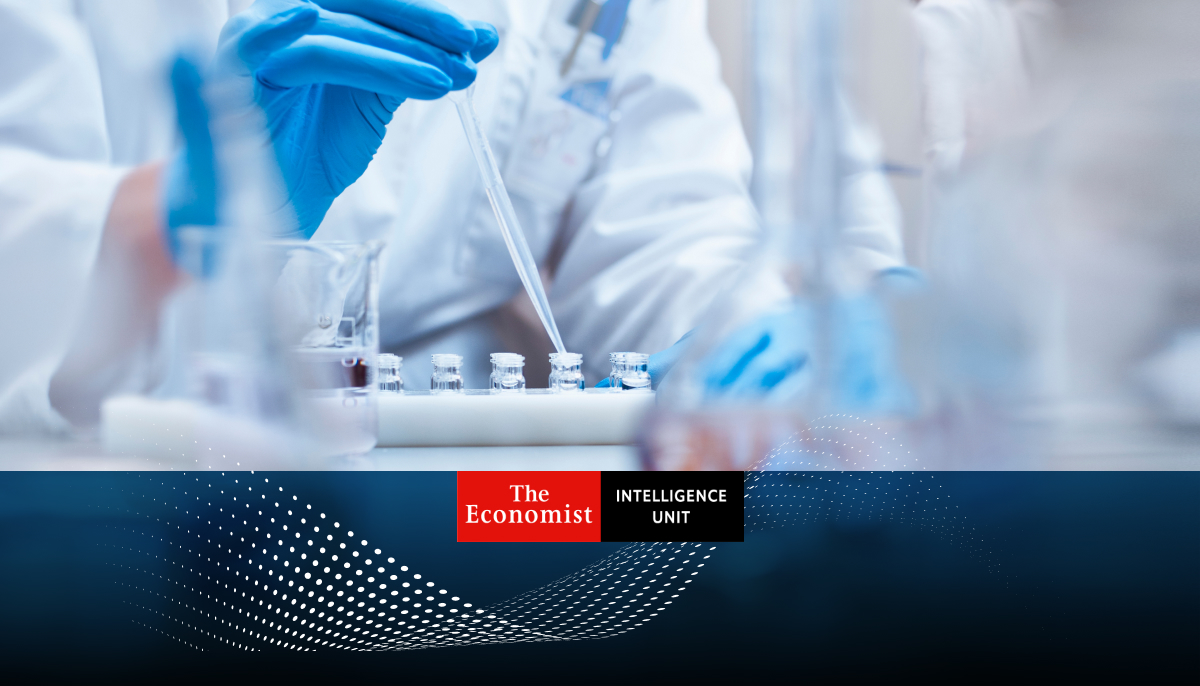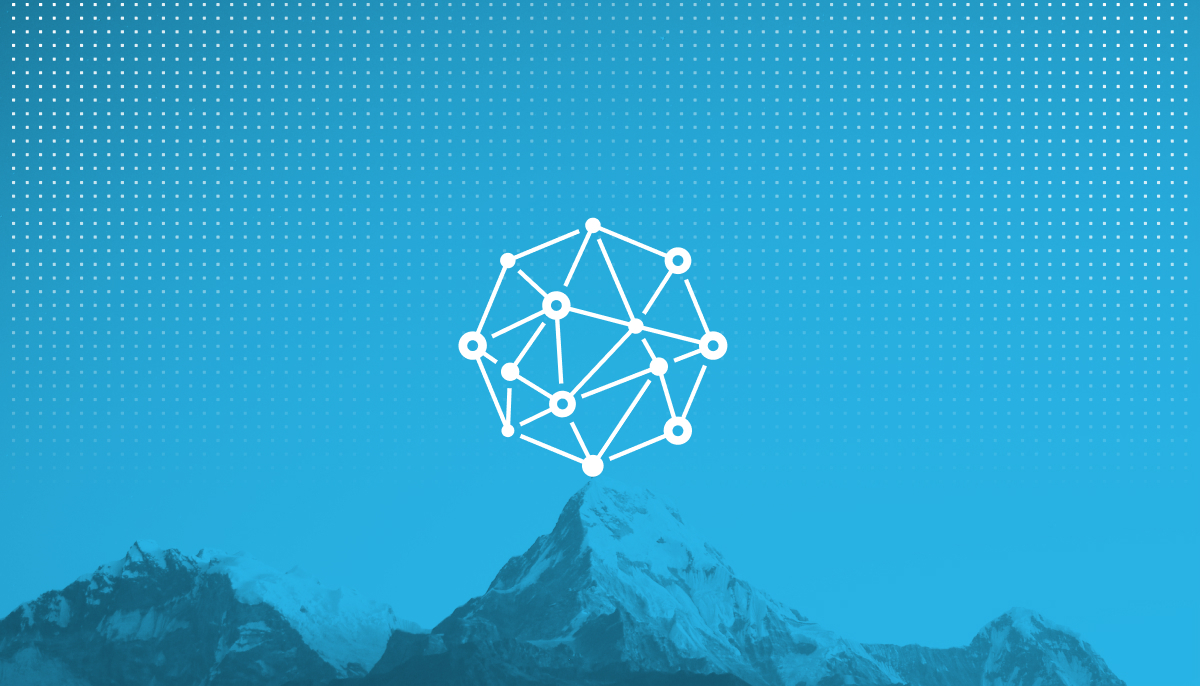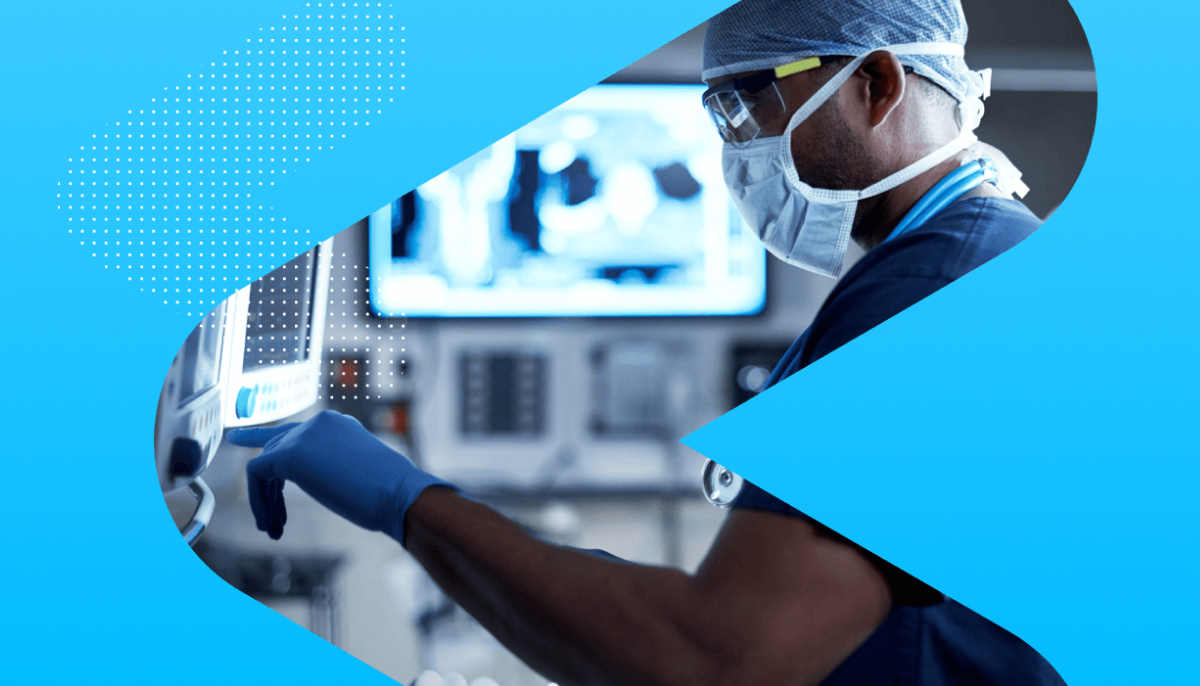Allen’s not feeling 100%. Nothing too alarming, he thinks, but he’s been fatigued more often, and he’s suffered a few bouts of blurry vision.
Allen isn’t a real person, but we’ll follow along as he stands in for any of today’s healthcare patients, trying to figure out and fix what’s ailing him. Allen is likely to come in contact with a variety of connected medical sensors and devices, from wearables such as a smartwatch to specialized prosthetics. MarketsandMarkets expects this segment—helping to diagnose, monitor, and treat patients—to rise to $63.3 billion by 2023.1
It’s all about the data.
« The crux of it all is the patient as the generator of all this data, » said Christina Jimenez, Senior Solutions Marketing Manager for healthcare and life sciences at Snowflake.
« Telemedicine, home care, and virtual clinical trials have all advanced significantly even in the past two to three years. There’s a sort of convergence happening between clinical interconnected devices and consumer-facing products, » she said. All these devices—the Internet of Medical Things (IoMT)—can give healthcare providers a much more holistic view of patient health and symptoms, and bigger data sets for comparison, yielding more-accurate diagnosis and treatment.
There are plenty of challenges still to overcome. Jimenez noted that data sharing remains a challenge, due in part to privacy, security, and regulatory concerns. But the promise is enticing, and consumer culture has shifted to embrace a variety of healthcare tracking technologies.
So what connected devices will Allen encounter on his journey? And how will the data be used to diagnose and treat his health challenge? Let’s follow along.
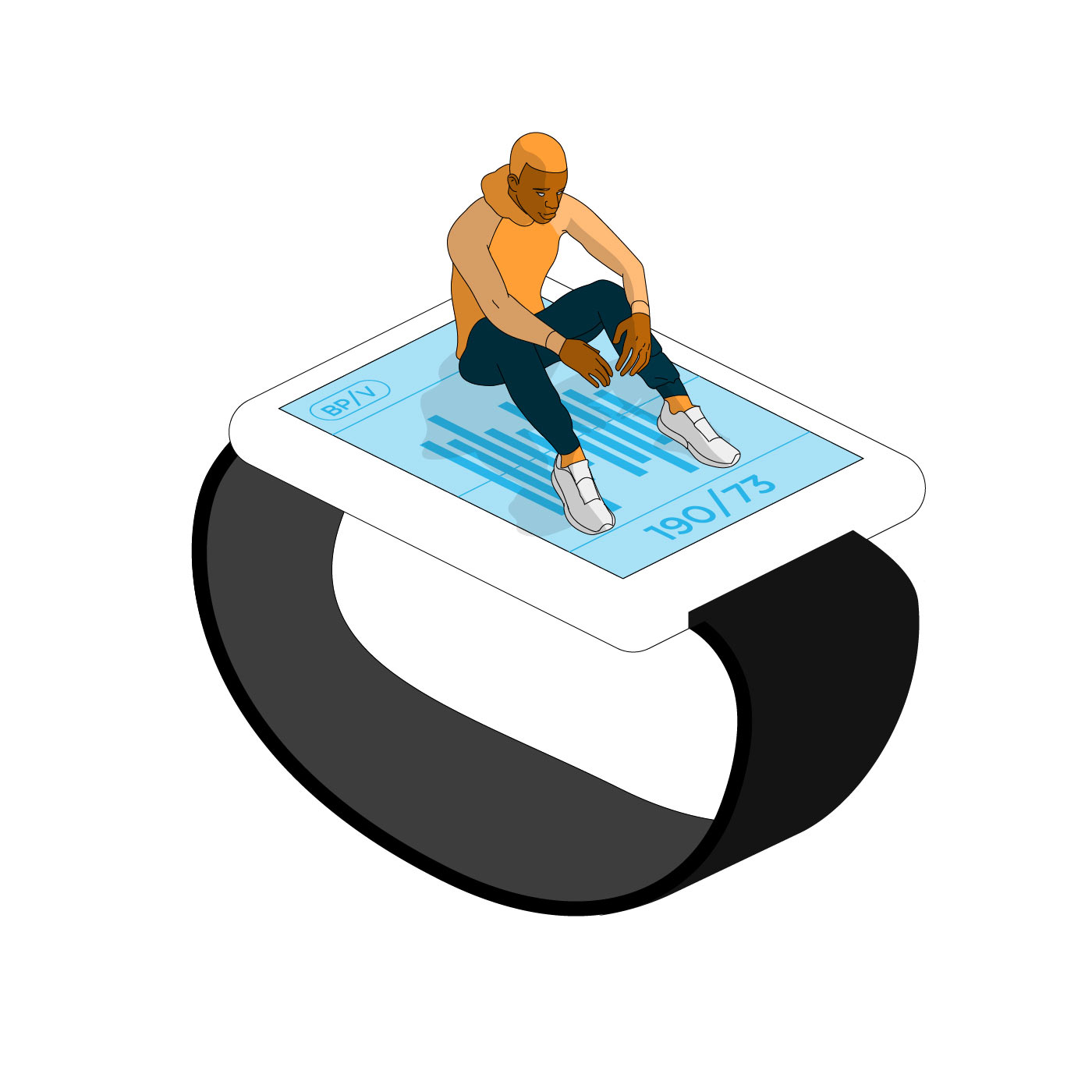
At Home and Work
Allen likes jogging and tennis—he’s an on-again, off-again fitness enthusiast— so beyond his phone’s basic measures such as step count, Allen sometimes wears a high-end smartwatch that tracks his heart rate, blood pressure, skin temperature, and more.
Increasingly common consumer devices such as this one can now provide Allen his first reference points when something is « off. »
Examples of connected devices
- Smartphone apps
- Smartwatch
- Smart weighing scale
- Consumer pulse oximeter
- Consumer blood pressure meter
- Smart sample-collecting toilet
How reliable is wearable device data? Smartphones, smartwatches, and Fitbits have come a long way in a short time, tracking more activity than just steps. More-advanced analysis of typing patterns or physical movement can help catch signs of conditions such as Parkinson's disease.2 Other noninvasive wearables can measure pulse oximetry (oxygen in the bloodstream) and blood glucose levels. But how good is the data from these non-medical-grade devices? "Useful, but not exact" is a good characterization. One technique for getting the most from this data is to regularly calibrate the devices against a more rigorous test result. For example, a diabetic patient might use a wristband-based blood glucose monitor for a period of 10 days, and then perform a traditional pin-prick blood reading and reset the wearable based on those results. The wearable monitor can usefully spot significant swings in glucose levels, without needing to be absolutely precise in its measurements.
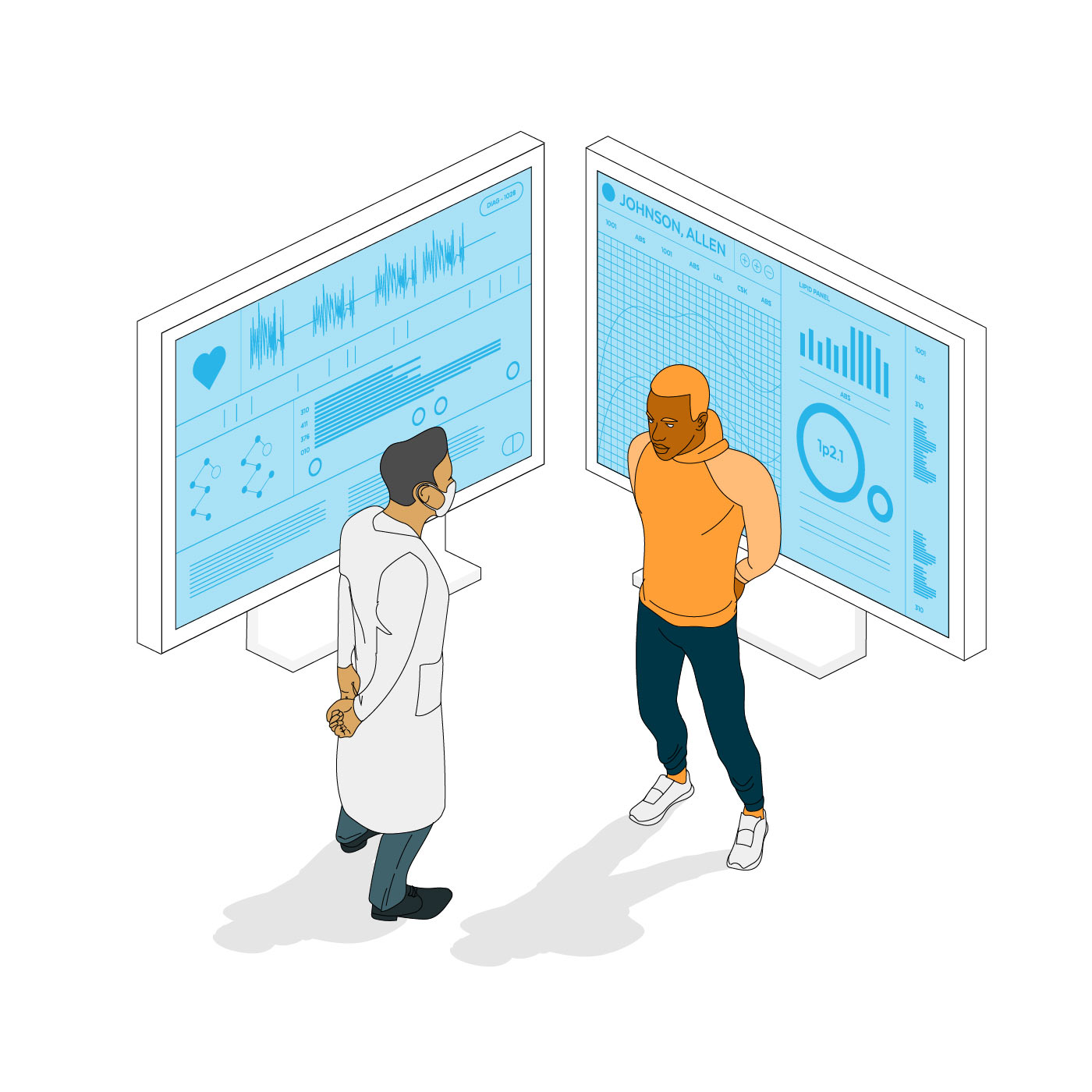
In the Doctor’s Office
After a Zoom call to discuss his concerns or symptoms, Allen’s general practitioner asks him to come into the office for some tests.
Here, Allen’s biomarkers can be captured and calibrated more exactly, and more-specialized equipment can help start to zero in on the underlying issue.
Examples of connected devices
- Medical-grade pulse oximeter
- Cuff-based blood pressure meter
- Weighing scale
- Glucose meter
Connecting to EMRs Devices and sensors in the doctor's office and lab can be connected directly to an electronic medical record (EMR) system. EMR or electronic health record (EHR) systems have been the backbone of patient medical history records for decades. Sharing data out of these systems has been a challenge due to privacy concerns and inflexible legacy systems, but sharing such data is critical to research and diagnostic work. And updating these systems through automated data collection can make office visits shorter and more productive. It's a work in progress. "Healthcare organizations struggle with integrating semi-structured data. They are just scratching the surface of mining it for great insights" in the context of these traditional systems, Jimenez noted. "In some areas, healthcare is still a decade behind other industries" in adopting technology, she said. Mark this area "more progress needed."
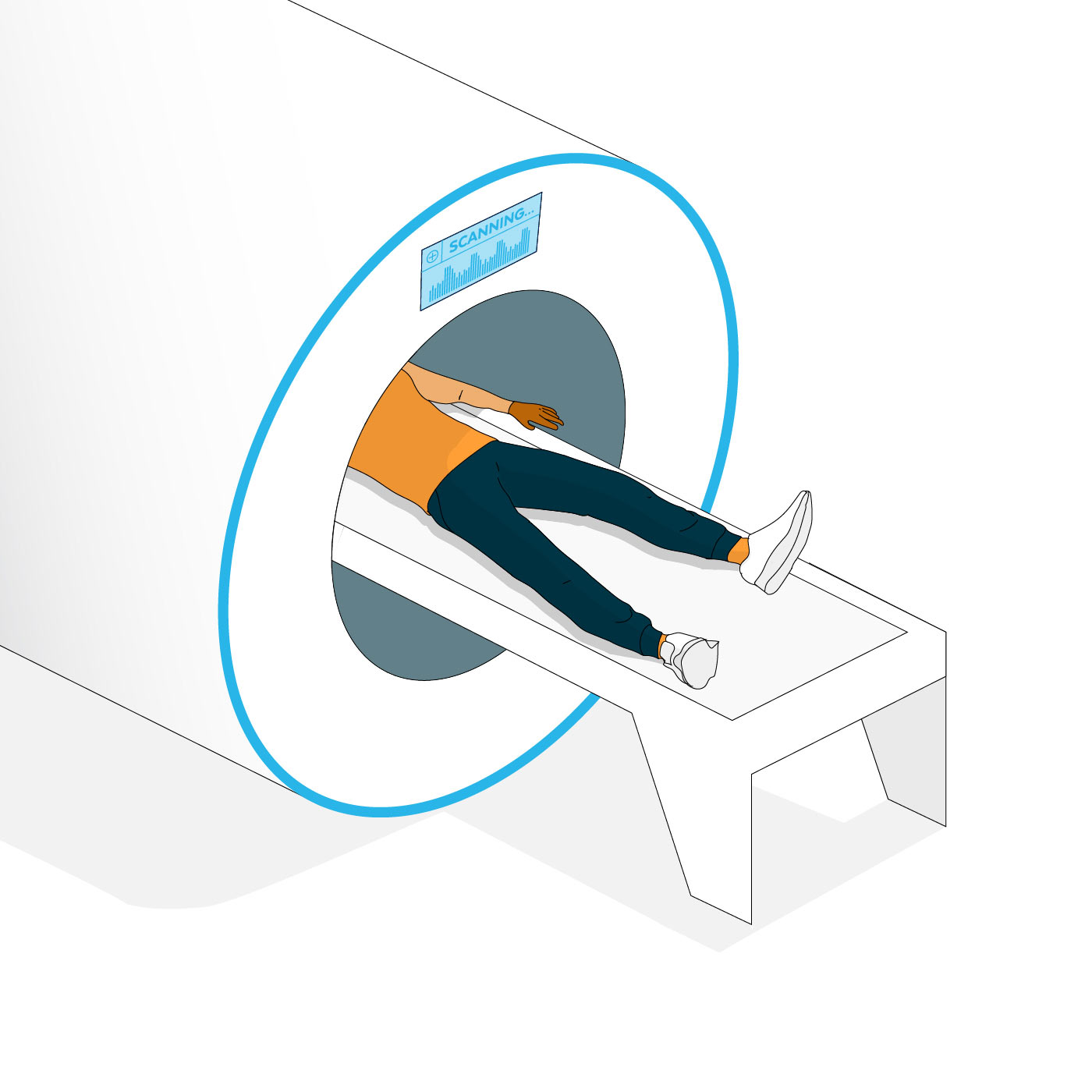
At a Hospital and in the Lab
Allen’s underlying illness or condition still isn’t clear. He has to visit the hospital for more-advanced diagnostics.
Here, doctors will be able to monitor his vitals in real time and collect more-specialized data where needed.
As more data is shared and analyzed, hospitals become better equipped to spot correlations and anomalies earlier. For example, in recent years, case analysis uncovered a connection between the symptoms of atrial fibrillation and arrhythmia—conditions of the heart—and Crohn’s disease, an inflammation of the digestive tract.3 Machine learning applied to big data sets can help identify correlations such as this faster.
Examples of connected devices
- MRI, CT, X-ray, and ultrasound systems
- Medicine dosage calculating devices and apps
- Ventilators
- Operating room monitors and equipment
- Inventory tracking and security systems
- Lab testing and detection systems for bloodwork, tissue biopsy, and more
How do healthcare researchers safely (and securely) share medical data? Jimenez said the pandemic has clearly accelerated demand for data visibility and sharing. However, "There is still hesitancy and reluctance, first of all because of the overhead/investment, but also the culture of the profession," she added. There are a number of high-profile efforts such as this one from the Broad Institute to build out technical approaches using encryption and other technical controls. Tech companies are creating options as well; for example, Snowflake's data platform offers "clean room" spaces for sharing sensitive data across multiple researchers or organizations. "If the leaders are all saying, 'Hey we are really interested in large-scale data sharing,' that gives the industry something to aspire to," Jimenez said. Expect data sharing to keep growing.
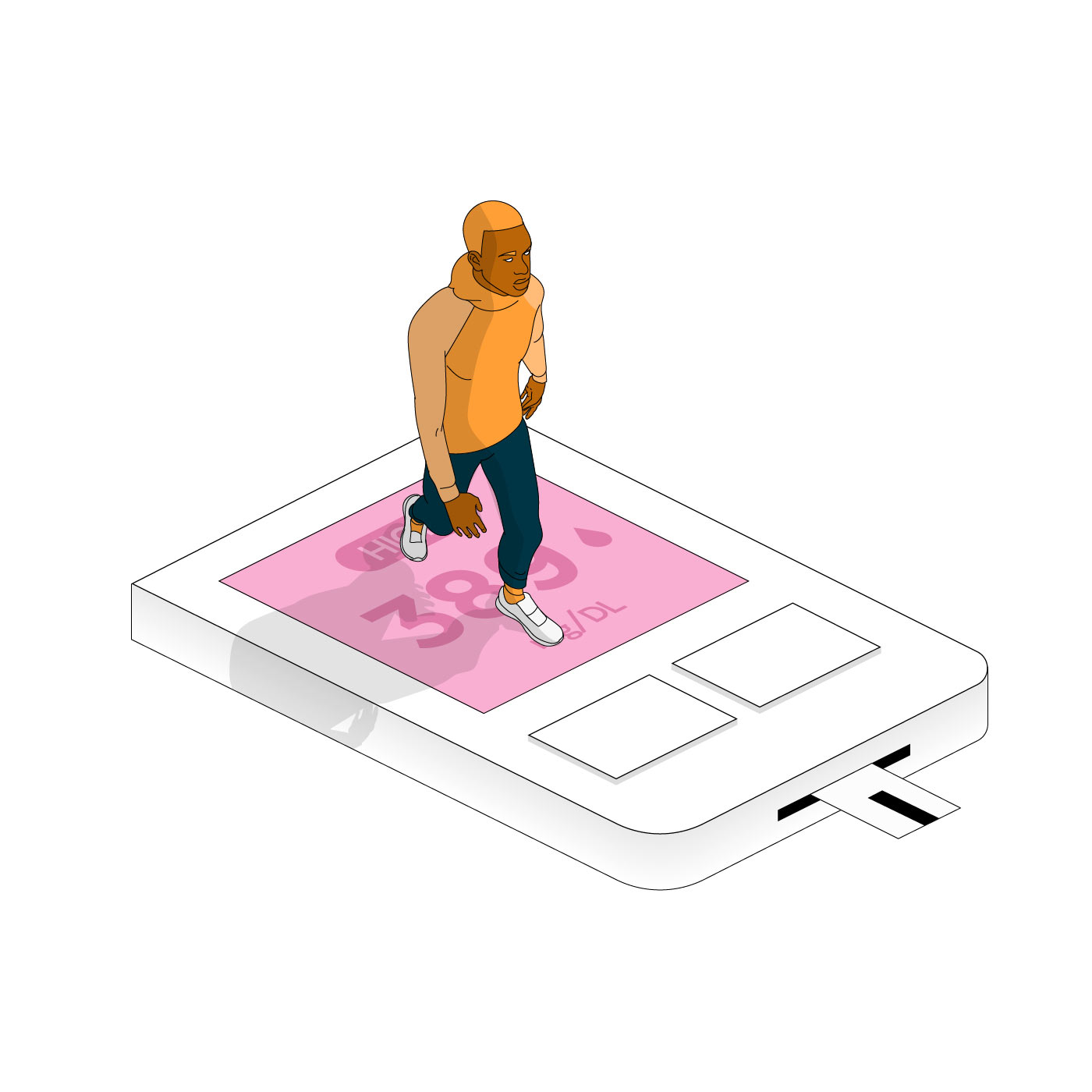
Back Home for Aftercare or Ongoing Care
With the help of the data generated from these many connected devices, Allen’s healthcare providers have reached a diagnosis: In spite of his intermittent exercise regimen, he’s got prediabetes.
Depending on any given individual’s specific health challenge, additional IoMT devices and sensors may play roles in treatment and ongoing care.
Examples of connected devices:
- Medication and treatment reminder and tracking apps
- Wireless pill dispensers
- Implants—such as brain implants to help reduce chronic pain
- Prostheses—such as artificial limbs with microprocessors and sensors to improve performance
The promise of data Data analysis and data sharing offer a great deal of promise in shortening the diagnostic journey, which can be particularly long for rare conditions and diseases, and improving outcomes. Jimenez pointed out that rapidly improving device design has an exciting role to play in driving adoption of the IoMT in the future. Take insulin pumps as just one example: The next generation of these devices is essentially a small adhesive patch or pod. "A few years ago, it was more like a fanny pack. The sophistication and thought that's going into the design is so much more," she said. "They're thinking about the insights they need to get but also about what is best for the patient to actually use—so it's less likely they'll take it off. I like stories about connected devices that shorten the barrier to getting patients to embrace them, to live life better."
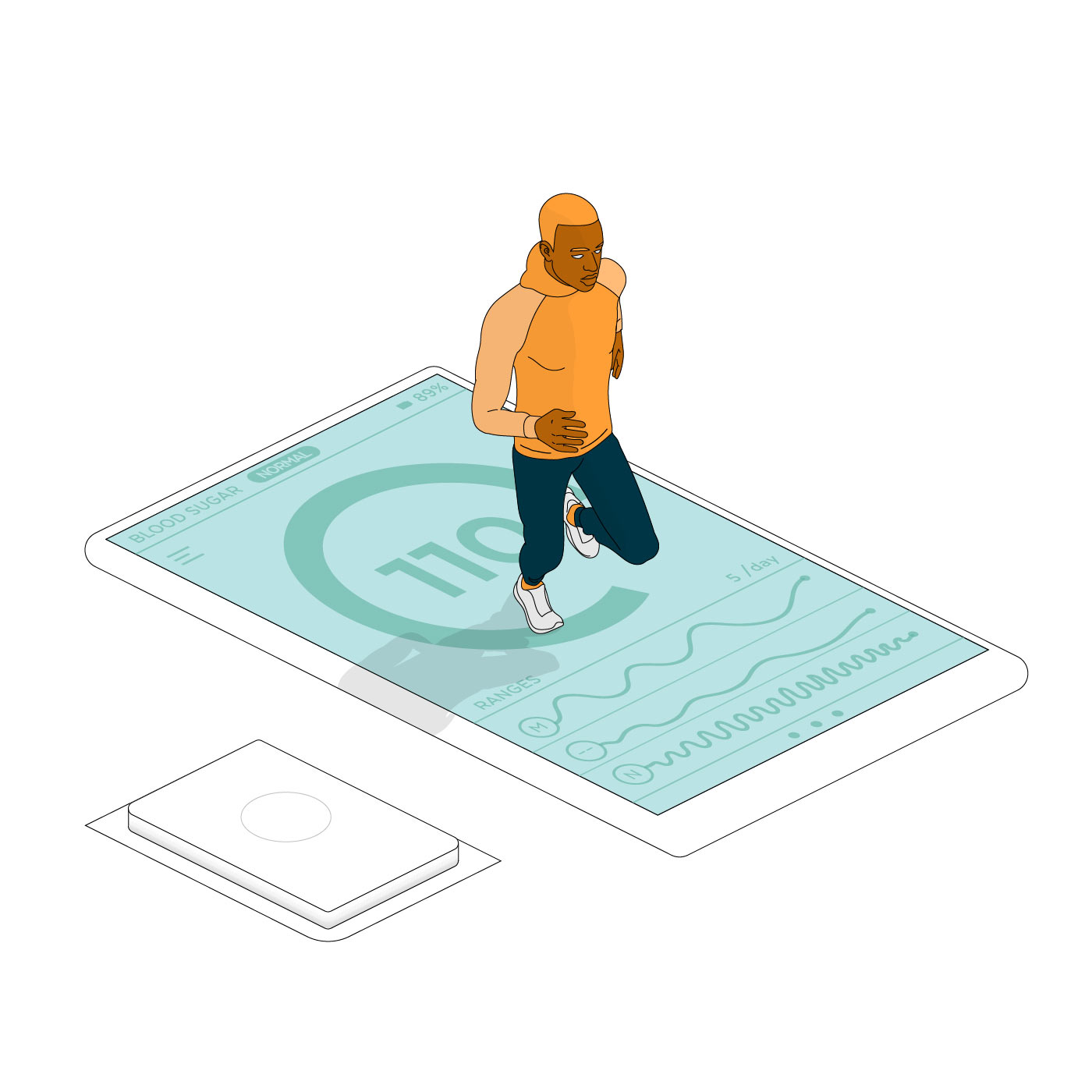
1 https://bit.ly/3hqwwdL
2 https://bit.ly/3hlUs1N
3 https://bit.ly/3qYjOpx
